Stroom Invest Interviews / Curator #6 Carol Yinghua Lu
Carol Yinghua Lu is a curator and a critic, working in China as well as in the West. We spoke about writing essays, the art market and, inevitably, the differences between China and the West. ‘The yizhi of a curator must be visible in an exhibition.’
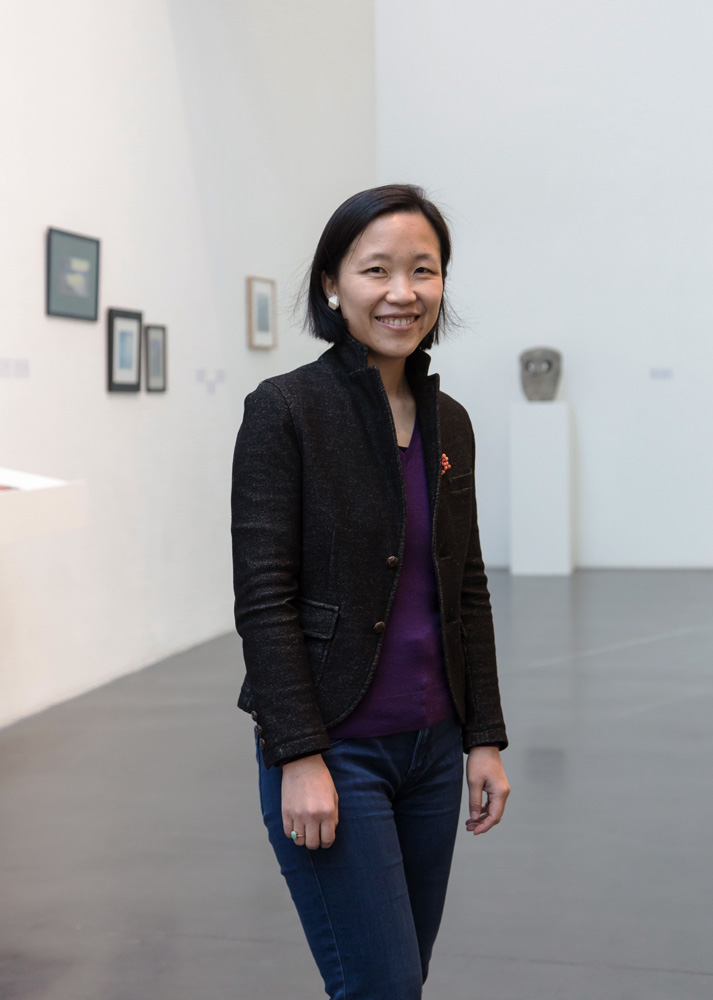
You are a curator but also an art critic. You also write essays about art for Frieze, e-flux journal, The Exhibitionist, Yishu and Tate. I wonder: do you feel more of a writer than a curator?
‘I don’t think the two are contradictory to or in competition with each other. They are both platforms for creative practice.’
As a curator, what are the requirements for an artwork to be selected by you for an exhibition?
‘It varies from project to project. There is no particular requirement but it depends very much on the theme of an exhibition I am working on.
‘Personally, I prefer artworks of depth and complexity and tend to work with artists with a rich body of works and thoughts developed over an extended period of time.’
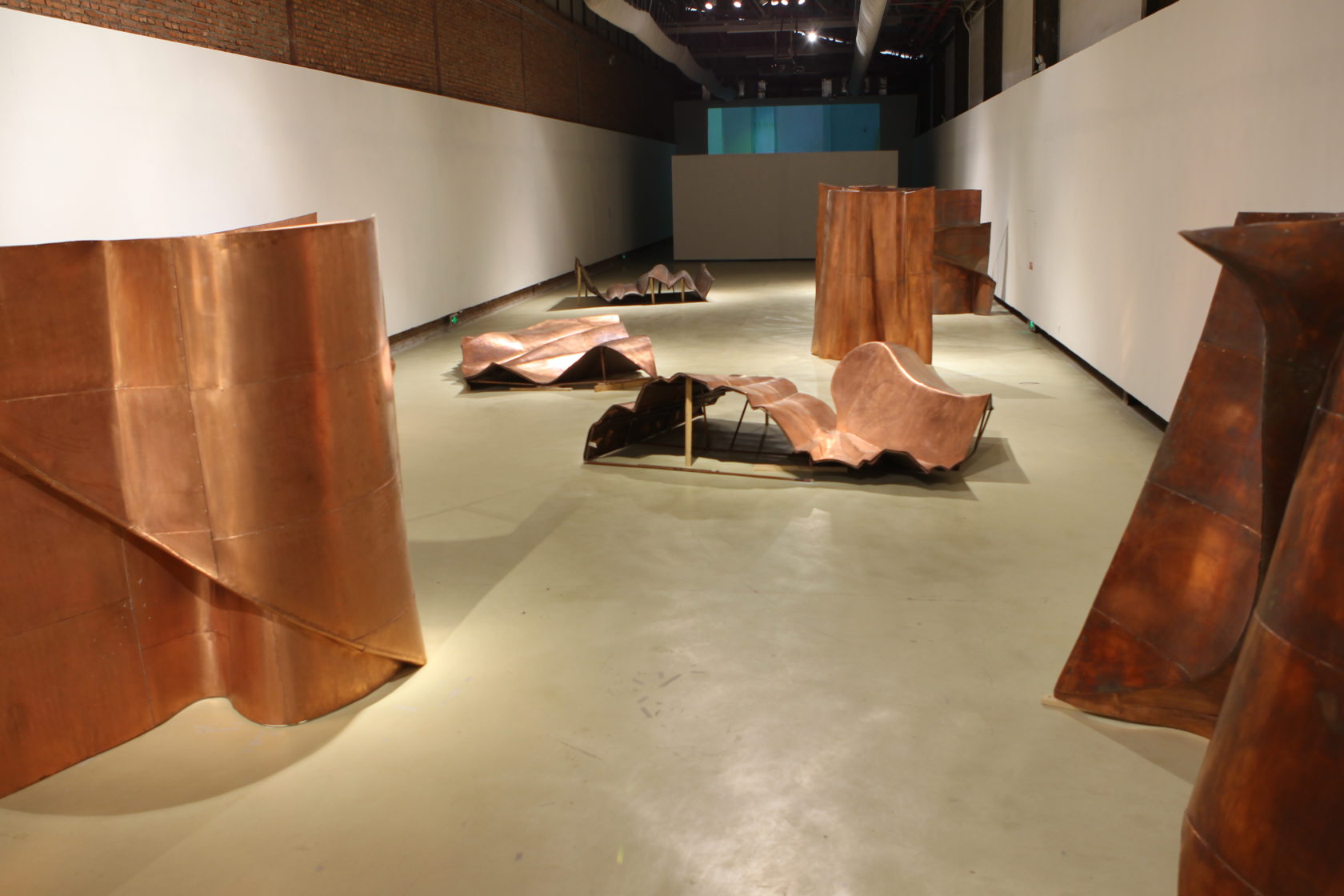
The art market nowdays has a huge influence on art. About the Biennale in Venice you said: 'We felt that the whole Biennale itself was very informed by the art market. It had a very strong synergy with what is favored in the market and gallery scene.' As a curator, how do you deal with the commercial interests of auction houses, museums, the public?
‘The art market has an impact on the state of the art system of which I am a part of. But curatorially and intellectually, there is little impact the art market has on me.
‘I work with artists regardless of their market performances or presence.
‘The art market has its own denominators of value but they don’t apply to my way of working.’
Speaking about the art market: the Chinese art scene has developed massively since the 1980s. How can you, as an insider, characterize the evolution of Chinese art since?
‘It’s hard to characterize such a development within the space of one answer. There were both internal and external motivations for the development of art in China in the 1980s but this sudden boost of energy had its roots in the decades leading up to it.
‘1989 was a shift in dynamics. Since then, the commercial aspect has become more prominent, which did a lot of good in terms of providing visibility to art, but also a lot of damage to the practice of art.’
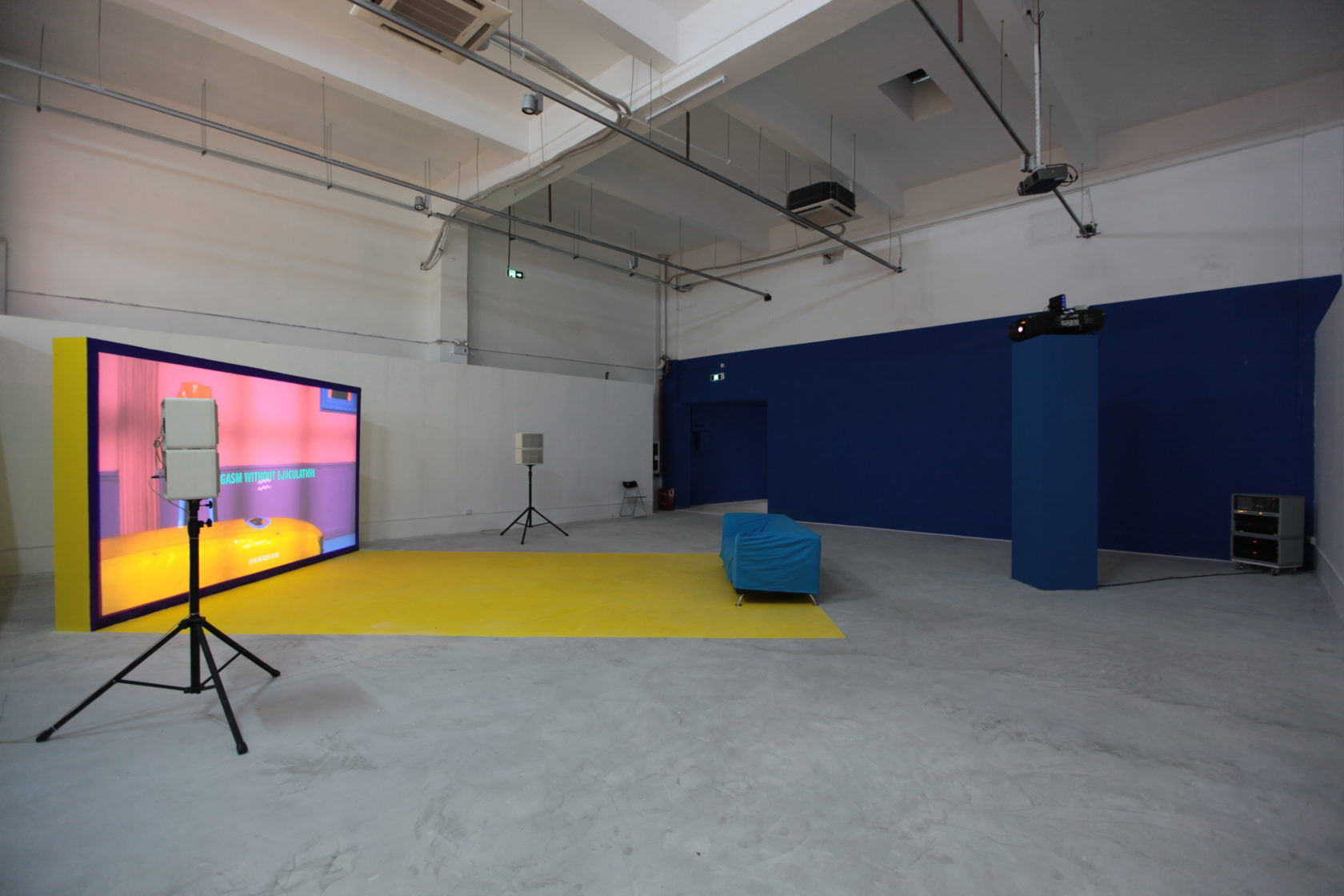
‘Chinese art has a lot of particular characters rooted in its historical process, political conditions and cultural specificities. We in China are still a long way away in terms of understanding what is Chinese art and what is the foundation of it.
‘For people like me who work in this field, the most urgent task is to develop a better understanding of ourselves and to learn to communicate the nuances and complexities better.’

You said: 'The yizhi [willpower, BS] of a curator must be visible in an exhibition.' Do Chinese curators have a different view on curatorship in general? And how do you deal with censorship, especially when you notice the differences?
‘I don’t think Chinese curators are different from curators who work in other contexts, in terms of curatorial approaches and practices. But I think Chinese curators face very specific issues at home such as Chinese art history and the social political context in China.
‘In terms of censorship, I always remind myself and my colleagues of not censoring ourselves. We can only manage ourselves and it is crucial not to get into the mindset of guessing what would be censored and avoiding those altogether.
‘It’s important to try and learn what is possible.’
Are events like China 8 (an exhibition in 2015 all over Germany with works from 120 Chinese artists) important for the emancipation of Chinese art in the West?
‘China 8 was a governmental event. I didn’t see the shows so it’s hard for me to comment on the exhibitions from a curatorial perspective.
‘But as an event, it gave many people an impression that the government could potentially offer major opportunities for artists abroad, on conditions that the artworks being produced would give an impression of being contemporary but not question or criticize anything.
‘I am not sure how China 8 was perceived in Germany but I am doubtful that such an event is positive to the art community in China.
‘In exchange, Germany will make a series of exhibitions in China to present German art in China. This is a governmental operation. I don’t think it has much to do with art in the end.’
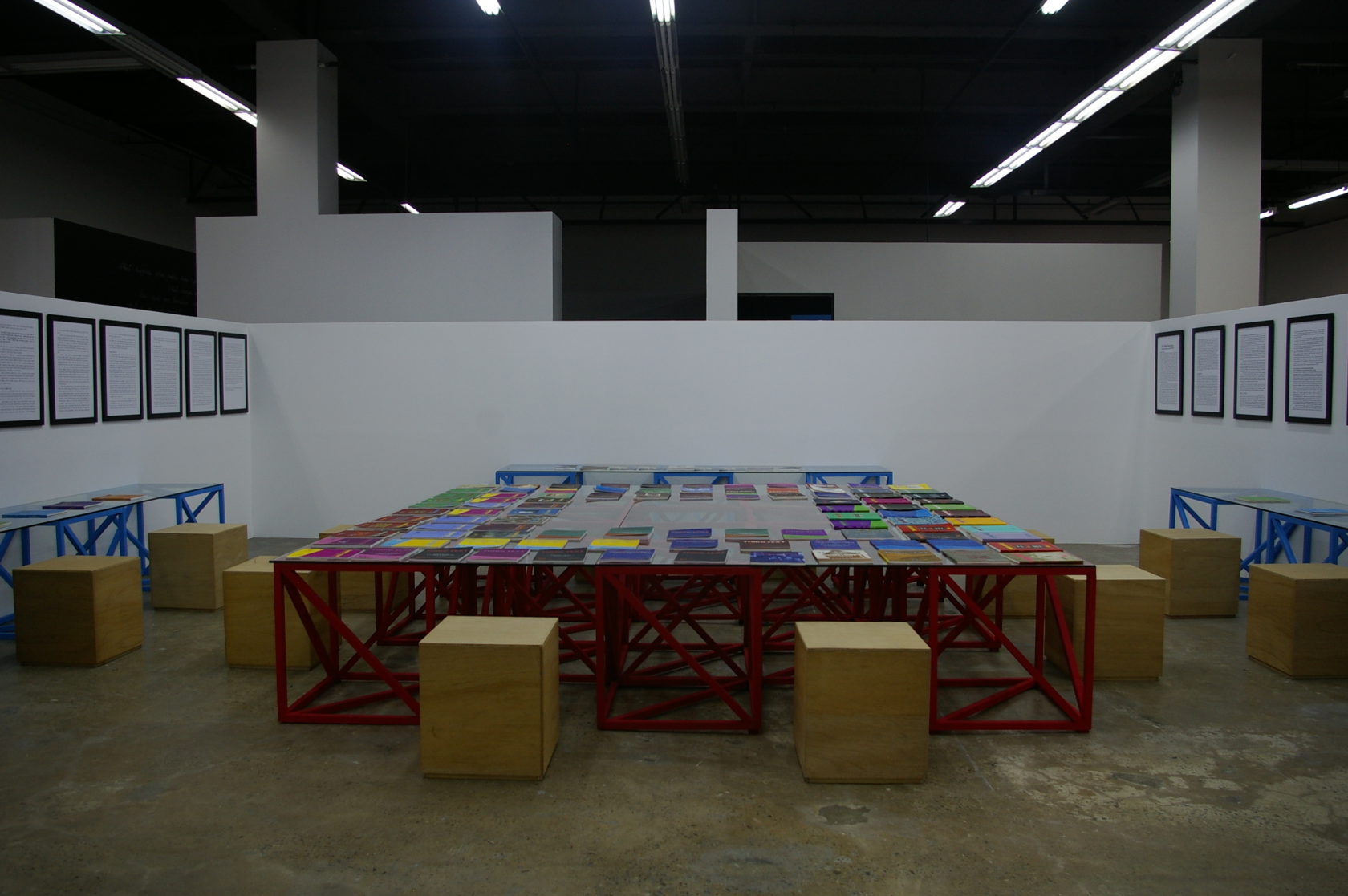

You said about the Biennale that it presented a very strong European view. Can you, as a curator, do anything about that perspective?
‘I don’t think I can change that necessarily but it doesn’t stop me from wanting to reflect on it critically and examine it from a perspective such as mine that is not European.
‘The Venice Biennale is a European Biennale after all. All I can do is to consider it critically and to understand why we have all fallen for such a Euro-centric perspective in the first place.’
You also said that 'the west' and 'the east' are not relevant as terms.
‘From the perspective of cultural studies, such terms of the west and the east are still relevant in terms of understanding the specificities of each context and how these specificities manifest themselves in art.
‘But as an individual practitioner, be it an artist or a curator, one shouldn’t always think on the basis of such general terms.
‘As I have expressed in many of my essays and curatorial projects, it’s the individual practice that merits attention and discussion. There are art systems, cultures, but in the end, art is made by individual artists and should be considered on individual terms.
‘But as individuals, we are naturally bound by many specificities of our cultural upbringings, social context and historical processes.
‘However, your horizon should be to think as an individual. And then to imagine the possibility of the individual to transcend existing categories and boundaries.’
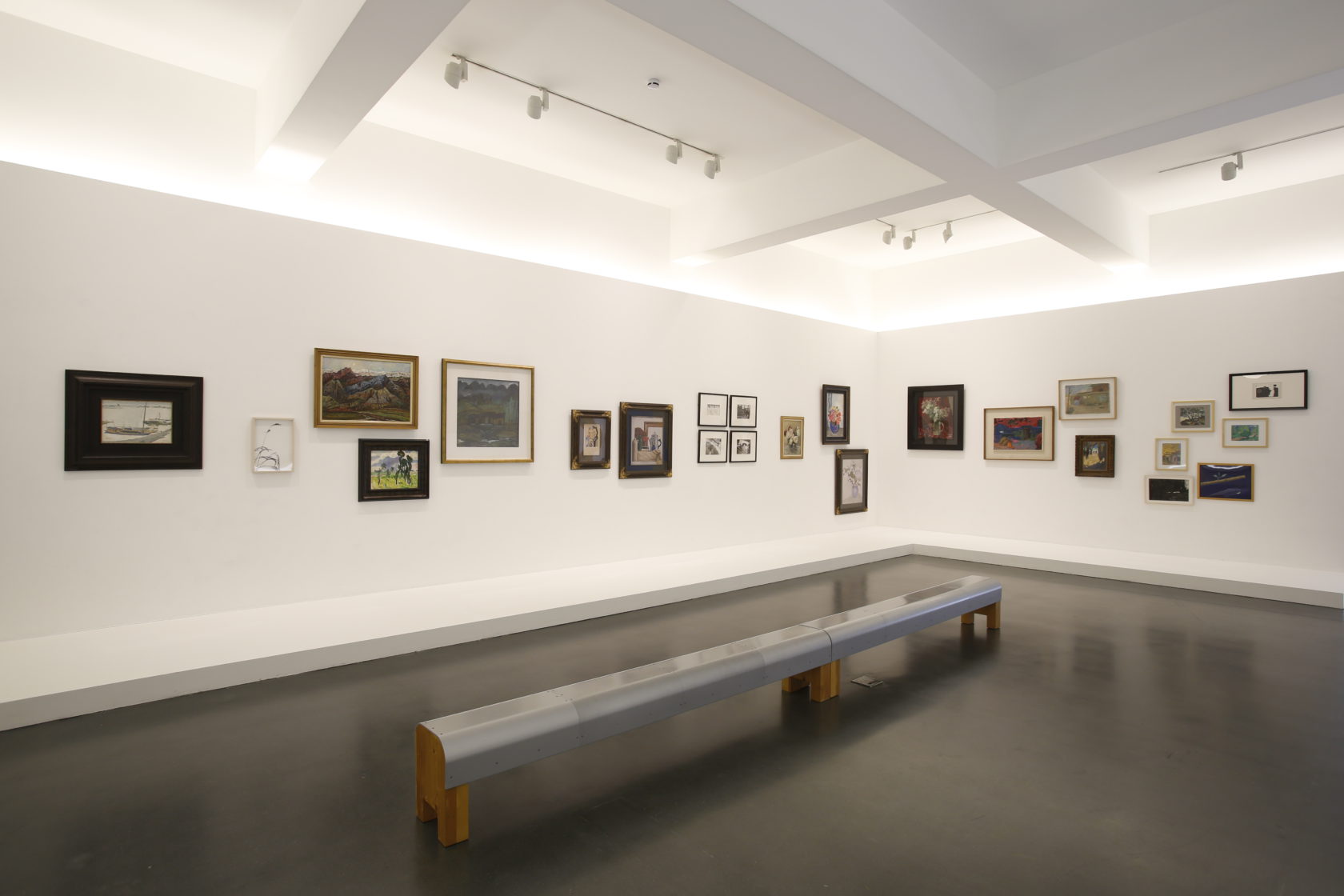
You said you became fed up of speaking at conferences, because you felt China was singled out as a curious social, political, and cultural phenomenon to study and exhibit. Can you elaborate on that?
‘Looking back, when I talked about being fed up of speaking about China as a curious social phenomenon, it was around 2008.
‘Curiously enough, my work in the last few years has been very much focused on considering and dealing with Chinese art history and I am back to talking about China as a particular situation, but armed with hopefully a deeper understanding of what it is.
‘But my primary aim is not to communicate that particularity but to understand it myself. I was fed up with a very shallow way of discussing China back then but today, I find myself learning to understand and to speak about it in a more nuanced and complex way.’
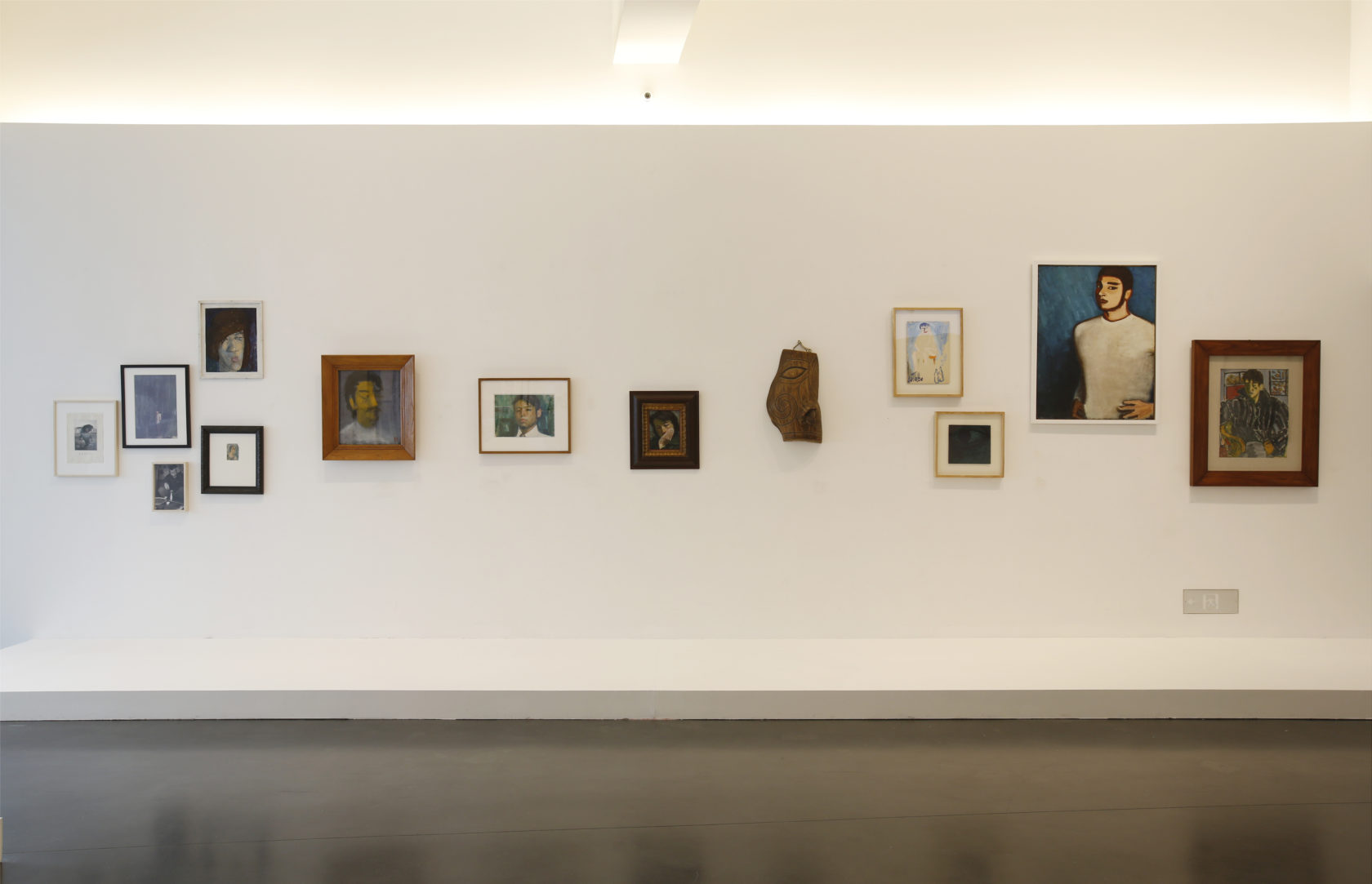
You worked as a curator in many different countries that each have a different political and social infrastructure. Can you tell us something about the most striking differences you’ve experienced?
‘What is interesting is that having worked within several different political and social contexts, I tend to find more similarities than differences.
‘After all, an infrastructure is created by human beings and as humans, we share a lot more than we differ.
‘At the end of these different experiences, all I can remember and take to heart are the many visionary and committed individuals who I have worked with and was supported by.’
- Essays from Carol Yinghua Lu at Frieze
- ‘Accidental Conceptualism’ at e-flux (essay)
- ‘From the anxiety of participation to the process of de-internationalization’ at e-flux (essay)
- ‘Crimes without a scene: Qian Weikang and the new measurement group’ at e-flux (essay with Liu Ding)
- ‘From the Issue of Art to the Issue of Position: The Echoes of Socialist Realism’ at Tate (essay with Liu Ding)
- ‘The missing frontline’ at e-flux (essay)
- China 8 in Art Radar Journal